by Marian Brown
Today’s class at Arlington centered around “wrapping up” the semester. This is the second to last session during which the students will engage with the GoodWork Toolkit this year. Cheryl decided to use the exercise “Picture Yourself As.”
This exercise asks students to picture themselves as either a college professor, astronaut, or actor. Cheryl gave firm directions that each student had to pick one of these three professions, and that they would have to defend their decision. Students were given ten minutes to read the prompt and to think about the impending fictitious professional choices. They made bullet point lists of the reasons why they wanted to join their chosen profession.
After this intrapersonal (solitary) work time, Cheryl had the students circle up at the front of the room for interpersonal (group) work. She took the temperature of the room by asking students to show hands for which profession they preferred. Overwhelmingly, the most popular choice with Period B was astronaut, and with Period D it was professor. A discussion then ensued regarding the student’s choice. Instead of asking why the students choose they professions they did, Cheryl decided to ask them about the professions they did not chose.
Cheryl started by asking the astronauts and actors why they did not chose to become college professors. Some answers were light hearted, such as, “I thought astronaut would be more fun”, whereas others were quite penetrating, “Well, I thought about the amount of schooling necessary to become a professor, and the selflessness of teaching and realized that it was too big of a commitment for me. I don’t think I could do GoodWork as a professor, or at least not my best work”. The second answer in this set shows great synthesis of the GoodWork curriculum, and applies its concepts in a real life context. Cheryl then asked the actors and professors why thye choose not to become astronauts, and so on. All of the students had varying answers that encompassed ethics, engagement and excellence in work and how we can best choose jobs that will exemplify the three E’s in our own work.
Starting the discussion in this reverse questioning format opened a safe environment where students were really able to express their desires and decisions from both standpoints of the argument. This level of synthesis led to a rich discussion. After having the initial “I didn’t choose this because…” discussion, Cheryl opened the floor to have students articulate why they choose the professions they had. Not surprisingly, a lot of the answers connected to the level of enjoyment the students anticipated from the job, and also their ability to produce GoodWork within the field. The students discussed the necessary skill sets, training, personal attributes, and assets they would need to be successful in the work force. They then started discussing these topics in relationship to the actual careers they hope to pursue. As the discussion concluded the students echoed the importance of GoodWork, and finding jobs that are personally fulfilling to them.
This upcoming week at Arlington Cheryl plans to dive deeper into the wrap-up of the GoodWork ToolKit. She will introduce another activity for reflection and synthesis. She is going to center the conversation on the graduating seniors, asking them to apply GoodWork in their upcoming endeavors. It will be really interesting to get an intimate look into the graduating senior’s experiences at Arlington High School; the excellence, ethics and engagement they have applied here, and how that will transition these concepts into their future careers in academia and the work force.







